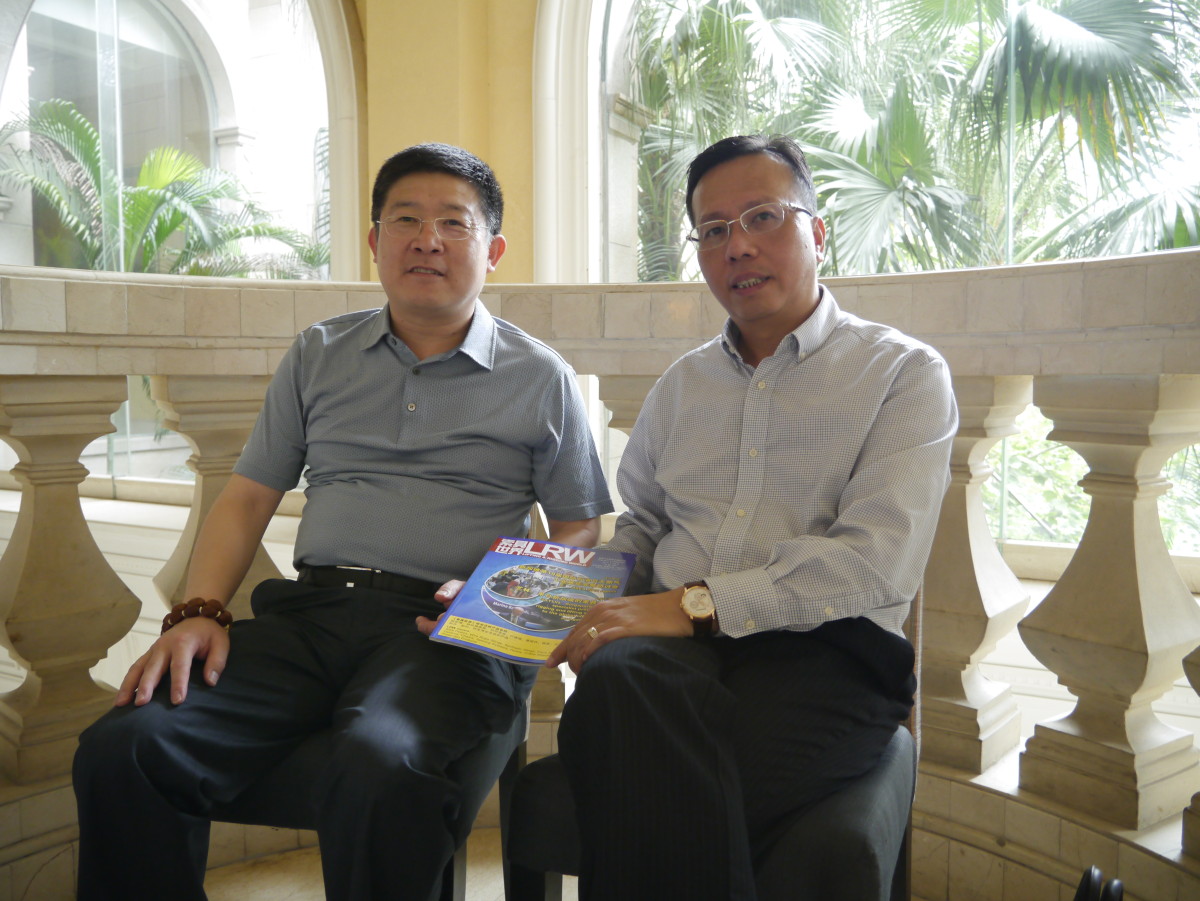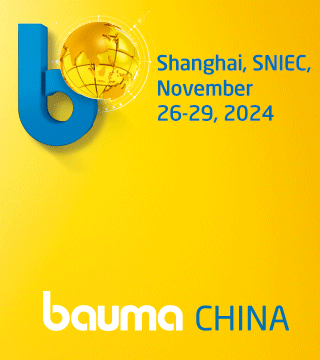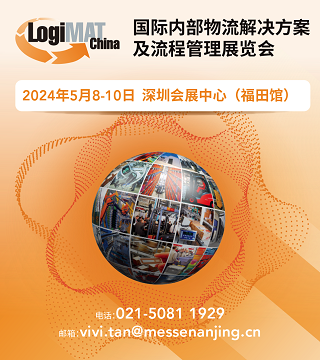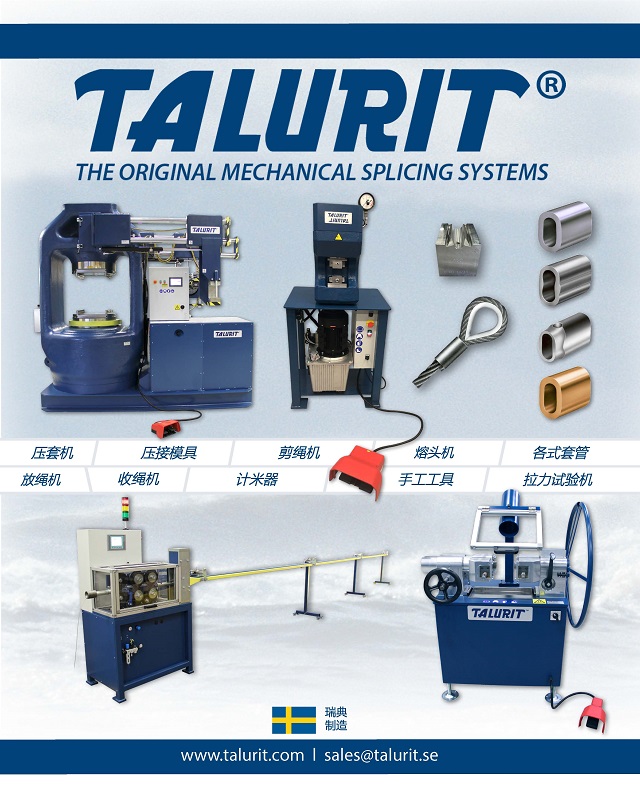
Profeesor Wang Lingjun (left) and Evan Cui, chairman of Jian Feng Sling Co.,Ltd, are talking about the latest development of the Chinese Lifting Sling Standardization Working Group
In 2010, China Lifting Sling Standardization Working Group was established in Guangzhou, The Working Group is formed under the China Metallurgical Standardization Committee. In May 2013, the annual meeting of the Working Group was held in Guangzhou again. We had a conversation with Professor Wang Ling-jun, Secretary-general of the CMSI Bar Rod and Steel Wire Technical Committee under the China Metallurgical Information and Standardization Institute (CMSI), and Evan Cui, the group leader and Chairman of Jian Feng Sling Co., Ltd.
LRW: What is the latest development of the Chinese Lifting Sling Standardization Working Group?
Professor Wang: First, there is change in the membership of our Lifting Sling Standardization Working Group. We have three new members joining the group thanks to support from the industry.
Second, the work of our group is in good progress. Since 2010, The Working Group has drafted and recommended three Chinese national standards for national approval. In this meeting, we had discussions on another five drafts of standards submitted by JIAN FENG, among which four of them got recommended by the Group. And we had a deep discussion on the candidate standard, the “Sling – Vocabulary and Classification” standard, which is the first attempt in China to have a unified classification and terminology for lifting sling products. In our belief this would benefit the development of the industry as it eliminates ambiguity, thus further establish the lifting and rigging industry as a standalone industry.
We have candidate standards that are under discussion for a long time, such as the “Method of Tensile Test for Wire Rope Slings” submitted by SHANGHAI ZHENGSENG, and we are still working on it. There are drafts of standards that are in the initiative stage, for example, we have one on cold socketing. We are also planning to draft a standard on the maintenance and usage of lifting slings.
LRW: What’s the direction for the working group?
Dr. Wang: We are going to finalize and submit our standards for approval, so as to prepare for our next step, to work with the industry and user communities around the world to encourage “take up” or implementation of Chinese standards. We believe this would help the Chinese manufacturers to expand in the world market. The lifting and rigging industry in China has taken shape, and we believe the Chinese standards could bring benefits to all parties. The standards could help promote and facilitate the development of growth of this sector.
LRW: Does the working group gain much support from the industry?
Dr. Wang: We received support from many enterprises in the lifting and rigging sector, and many of them become members of the working group and they have representatives attending our meetings. In the near future, we are looking to organize events to promote interactions with overseas organizations in the industry.
The group leader of the working group, Mr. Evan Cui, has taken the initiation to hold discussions with overseas standardization organizations in the name of our Chinese standards working group. In the future, we are going to put more efforts and organize international exchange meetings.
LRW: Let us direct our next question to Mr. Evan Cui of JIAN FENG. As the group leader of the Standardization Working Group holding the secretary office, what are the main responsibilities for JIAN FENG?
Evan Cui: JIAN FENG has been holding the secretary office for the China Lifting Sling Standards Working Group since its establishment in 2010. In the last three years, we drafted or participated in the drafting of nine lifting sling candidate standards, of which four of them are under approval by the national authority, and five of them got recommendations in our working group. In this meeting, four new standards drafted by JIAN FENG, “Sling with Flemish Eye Ferrule-secured Termination”, “Sling with Short Button Termination”, “Sling with Turn-back Eye Steel Ferrule-secured Termination”, and “Forging Steel Ferrule Swaged Socket Wire Rope Sling” were being discussed. Our forthcoming works include more interactions and discussions with parties concerned in the industry, to make sure that the standards are well based. We are going to organize trips for the working group to go overseas and have technical and information exchange.
LRW: Professor Wang, what’s your view on the development of lifting and rigging sector in China?
Professor Wang: The growth in this sector has been fast, it’s extraordinary for our lifting and rigging sector to reach the current status in such a short time. I believe we have attained the production capability and quality, and I believe the companies in China can now compete well in the world market.
LRW: What can LRW Magazine help to promote the works of the Working Group?
Professor Wang: LRW Magazine has done a good job reporting the work progress of the China Lifting Slings Standards Working Group, and the coverage of the enterprises in the industry has been excellent. This could help promote the growth of the industry as a whole. LRW has many interactions with overseas companies and professionals, this opens up a window for the enterprises in China. I hope LRW could continue to be a platform for technical and information exchange between China and the overseas professionals.
This article is published on LRW Magazine vol12, 2013.




